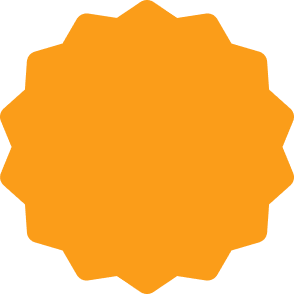What Is Direct-to-Garment Printing?
Direct-to-Garment (DTG) printing is a digital textile printing method where ink is applied directly onto fabric using specialized inkjet technology. DTG does not require stencils or plates, making it ideal for short runs and custom designs.
This process allows for high-resolution, full-color prints with fine detail. It works best on 100% cotton garments, where water-based inks can bond effectively with fibers.
How Does DTG Printing Work?
1. Image Preparation
The DTG process begins with a digital design, which is adjusted using specialized software to optimize resolution, color balance, and layout. This step ensures the artwork translates accurately from screen to fabric.
2. Fabric Pre-Treatment
Before printing, the garment—typically made from natural fibers like cotton—is coated with a pre-treatment fluid. This treatment helps the ink sit on the surface rather than soak into the fabric, allowing for crisp lines and vibrant color output.
3. Direct Ink Application
Once prepped, the shirt is placed flat on the printer's platen. Using precise inkjet heads, the machine applies eco-friendly, water-based inks directly onto the textile.
The printhead moves in fine passes to render detailed designs, gradients, and photographic elements.
4. Heat Fixation
To finish, the garment is heat-cured, locking the ink into the fibers. This step enhances wash resistance and maintains color integrity over time.
What Are the Advantages of Direct-to-Garment Printing?
- Exceptional Print Clarity
DTG delivers sharp, vibrant prints with subtle gradients and complex color transitions—ideal for designs rich in detail or photographic elements.
- Low Volume Friendly
It's perfectly suited for single pieces or small batch production, eliminating the high setup costs often tied to traditional printing techniques.
- Environmentally Considerate
Most DTG systems use water-based inks that are free from harmful chemicals, reducing environmental impact during both printing and post-processing.
- Faster Production Cycles
With minimal preparation required, DTG can move from digital design to finished product rapidly—ideal for tight deadlines or print-on-demand models.
- Comfortable Finish
Because the ink soaks into the fabric rather than sitting on top, the result is a smooth, breathable print that integrates naturally with the garment.
- Design Versatility
Each item can feature a unique print without additional setup, making DTG a flexible choice for personalized apparel or constantly changing collections.
Direct-to-Garment vs. Screen Printing
1. Technology Behind the Process
Direct-to-Garment (DTG) relies on advanced inkjet printing to apply water-based ink directly onto the fabric's surface.
Screen printing uses a manual or automated process where ink is pressed through a mesh screen, one layer per color.
2. Design Capability
DTG is well-suited for complex visuals, such as detailed illustrations or full-color photos, without requiring separate steps for each shade.
Screen printing performs best with bold, graphic styles and fewer colors, due to its layered application method.
3. Efficiency by Order Size
For short runs or made-to-order pieces, DTG is more practical—there's no need for setup between designs.
Screen printing becomes cost-efficient at scale, as the initial setup effort is offset by volume.
4. Fabric Adaptability
DTG yields optimal results on natural fibers like cotton.
While screen printing is more versatile, working effectively on a variety of textiles including synthetics and blends.
5. Print Longevity
Screen prints typically last longer under repeated washing, with ink forming a durable layer.
DTG holds up well too, though proper care is essential to maintain vibrancy over time.
6. Surface Feel
DTG prints tend to blend into the fabric for a smooth, lightweight finish.
Screen prints often feel slightly raised or thicker, especially when multiple ink layers are used.


























